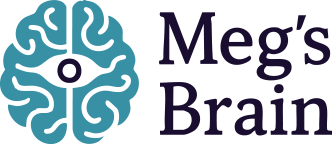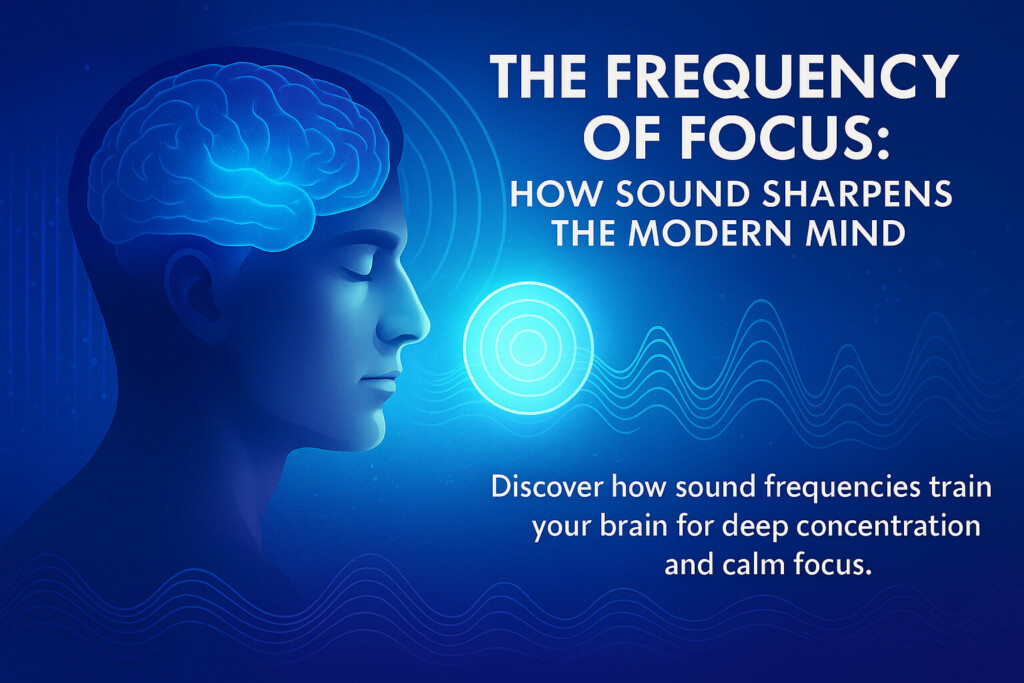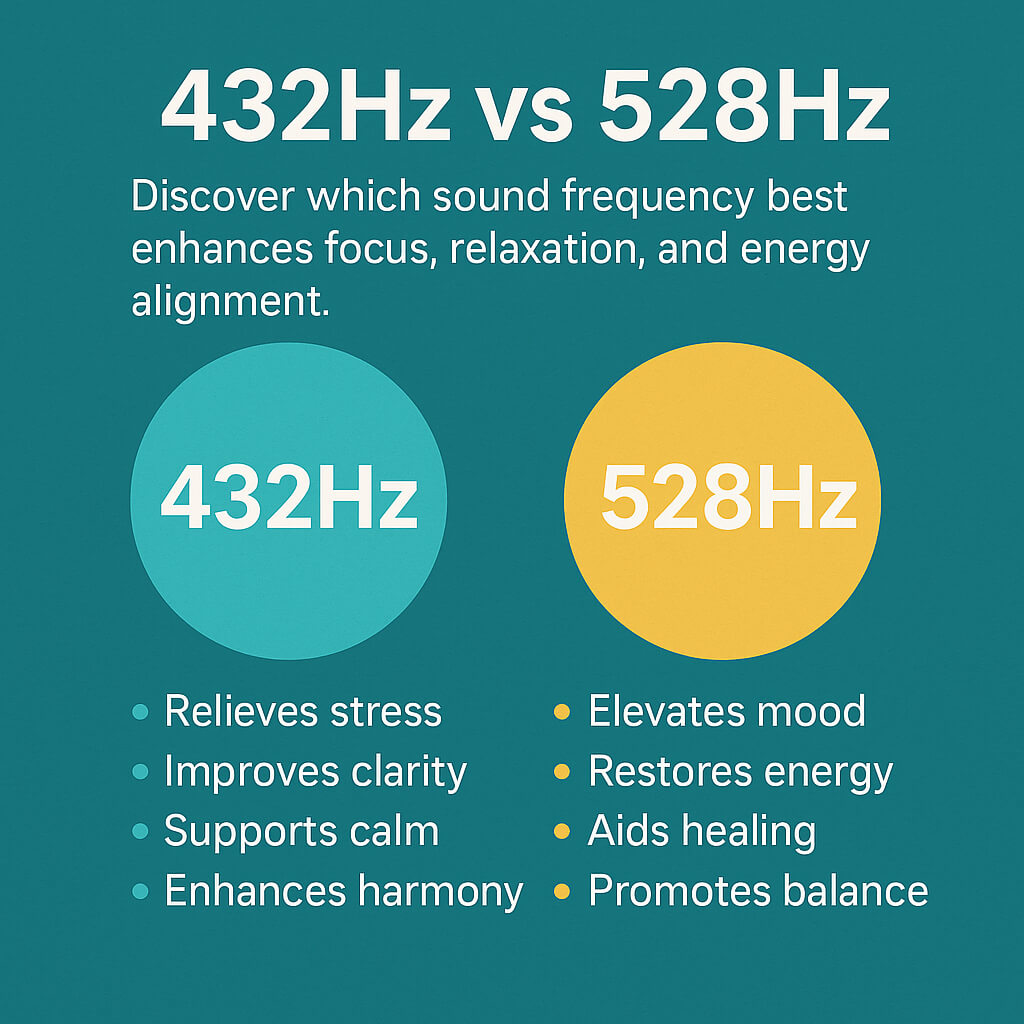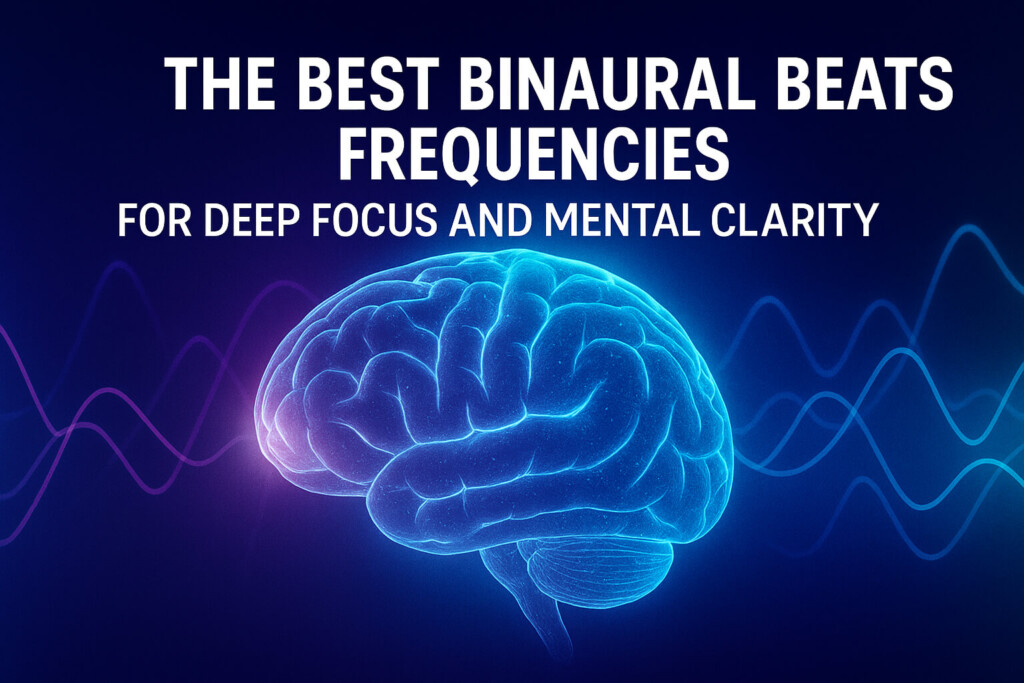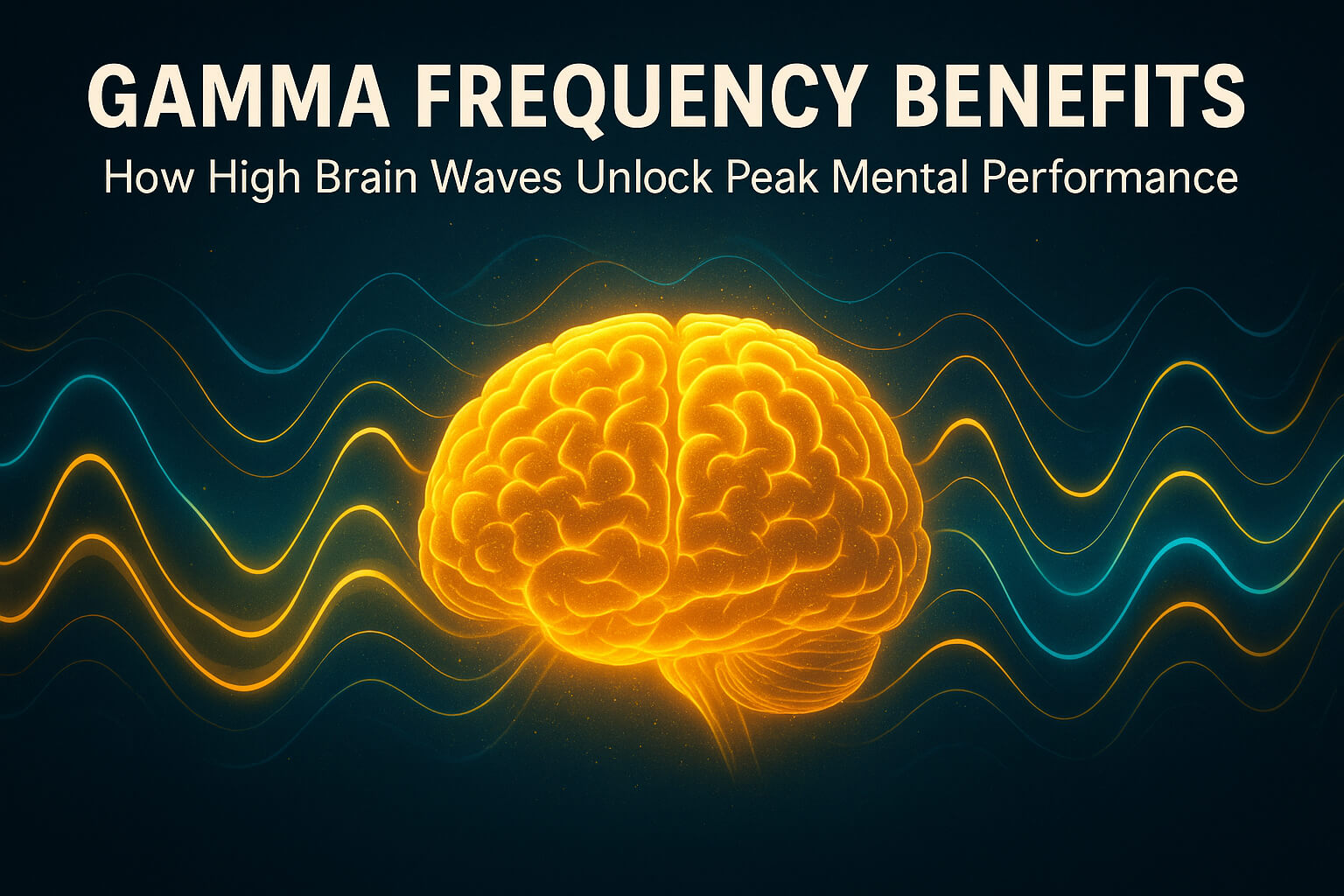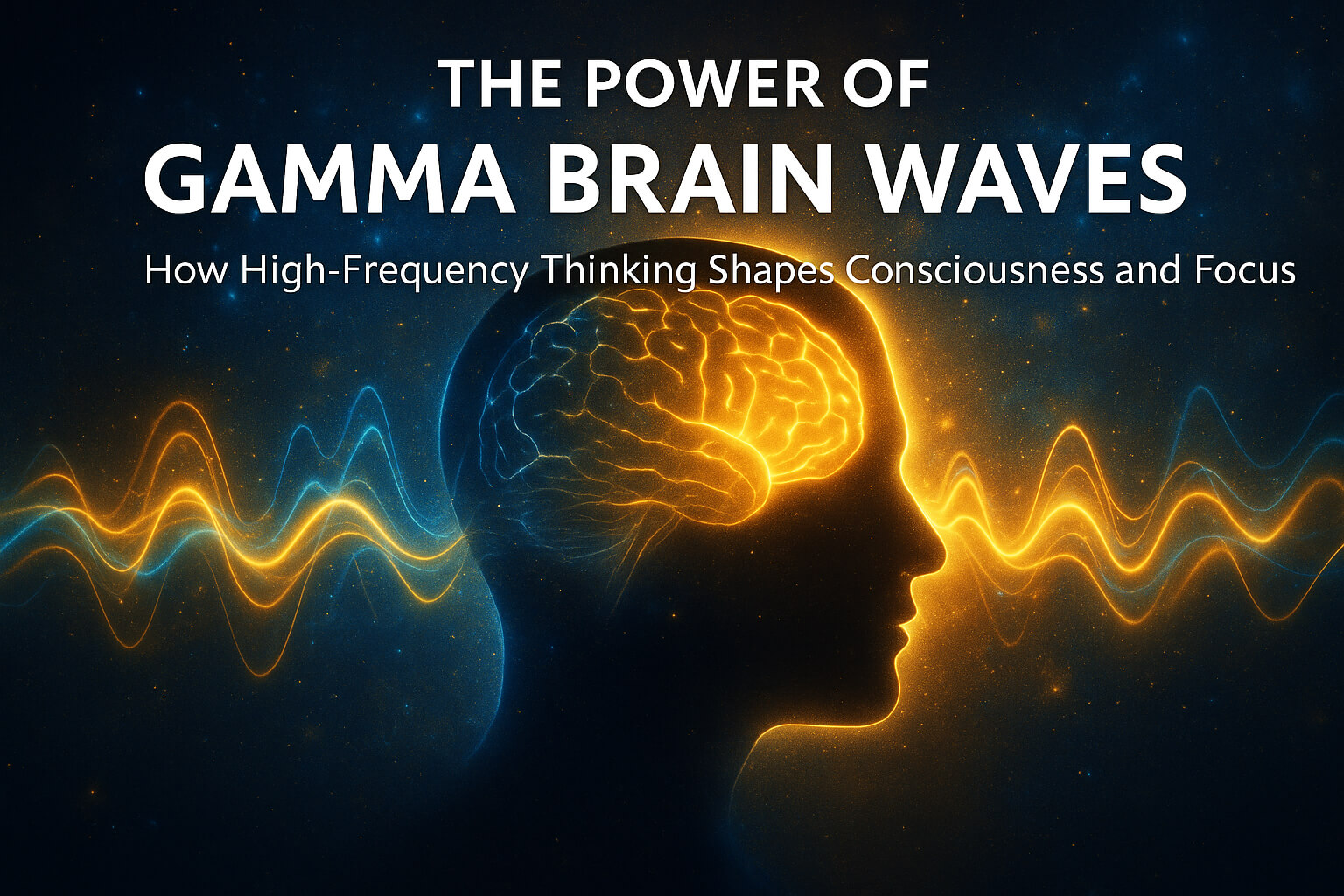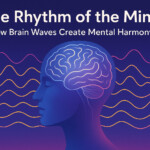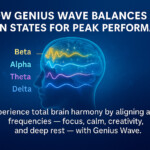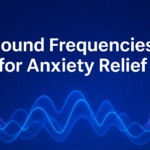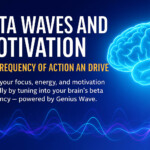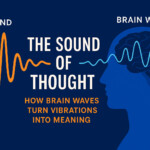Now Reading: How to Reset Your Mind: The Neuroscience of Mental Renewal and Inner Clarity
- 01
How to Reset Your Mind: The Neuroscience of Mental Renewal and Inner Clarity
How to Reset Your Mind: The Neuroscience of Mental Renewal and Inner Clarity
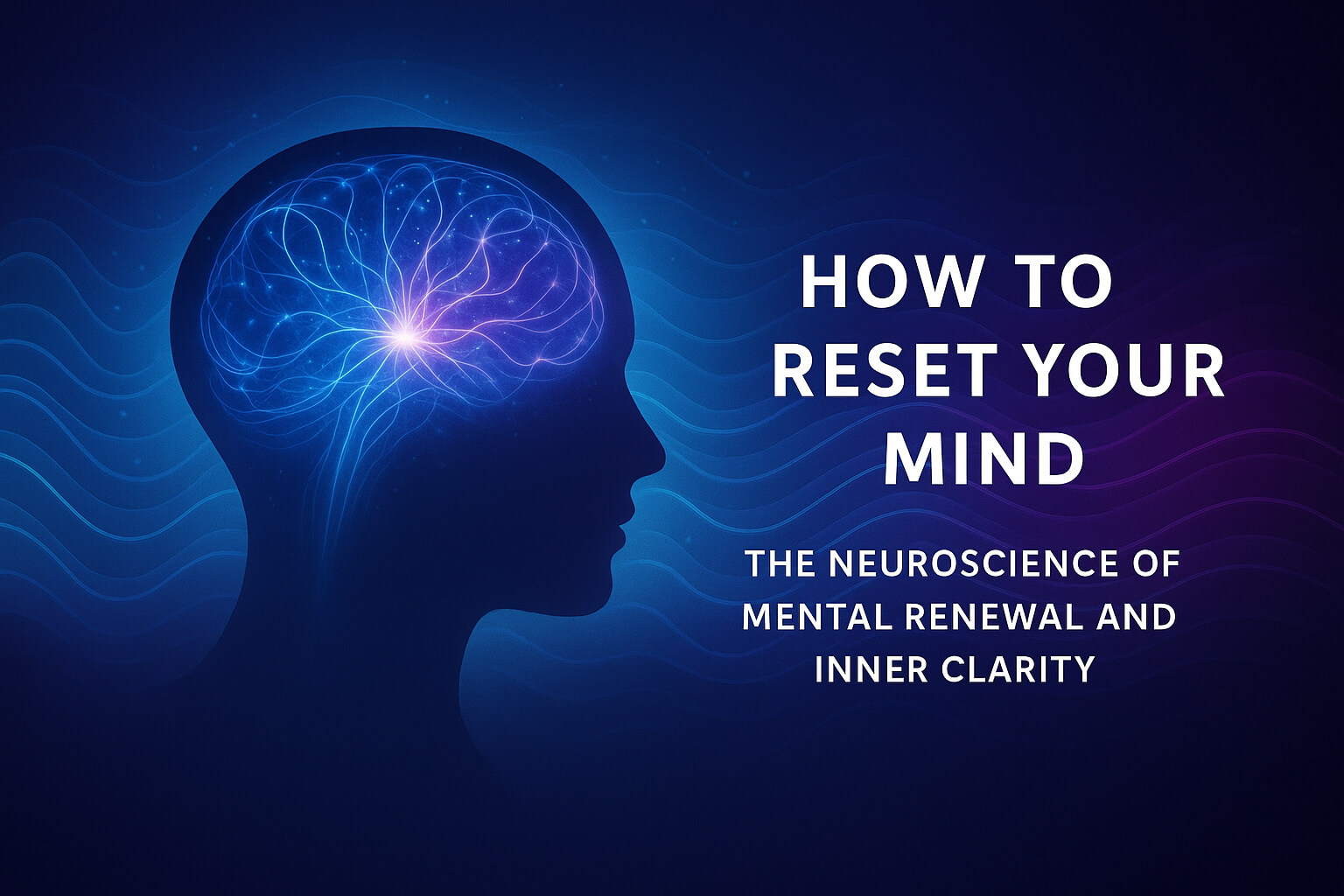
🌟 Introduction
Your brain takes in thousands of bits of information a day — worries, notifications, half-formed thoughts.
Over time, mental static creates a sort of mental noise that makes you anxious, unfocused and tired.
That’s why resetting your mind isn’t just taking care of yourself — it’s neural upkeep.
A real reset isn’t about escaping reality; it’s about recalibrating how your brain is using its energy so that clarity, peace and motivation can return.
🧠 Why the Brain Needs a Factory Reset
Your brain’s electrical activity — your brain waves — change constantly depending on what you’re thinking and feeling:
Beta (13–30 Hz): Highly alert, anxious or a little unfocused.
Alpha (8–12 Hz): Relaxed and conscious attention.
Theta (4–8 Hz): Deep relaxation, creativity, emotional healing.
Gamma (30 80Hz): Binding, insight, and peak performance.
When you spend too much time in high Beta (stress mode) your neuro pathways become inflexible.
You stop adapting. You lose perspective.
Resetting your brain corrects these frequencies, balancing them out — and reconnecting you to your cognitive flexibility, that capacity of the human brain to adapt and regrow.
🌬️ The Science of a Fresh Start
Your brain resets via three major biological systems:
Neuroplasticity —Your brain is constantly rewiring itself. Directed attention, appreciation or conscious breathing motivate new brain patterns.
Default Mode Network (DMN) — Overactive, this sparks worry. When settled, creativity, flow returns.
Gamma-Theta Synchronization – Balanced brainwaves enable cooperation between the conscious and subconscious.
A “reset” refers to returning these systems to balance.
This is why meditation, sound entrainment or even just a few minutes of directed breathing can make such a profound difference in your state of mind — they reboot the operation rhythm of the brain.
👉 Discover the power of sound frequencies to bring your brain back in balance and mental clarity.
🧩 Tips to “Reset” Your Mind
Rhythmic Breathing
Breath controls brain rhythm.
Try the 4-6 pattern: Inhale for four seconds, then exhale for six.
In just a few minutes, you can boost your Alpha and Theta activity — quieting the mental noise.
Mindful Observation
Unstirred, just observe thoughts like clouds floating within the sky.
Don’t fight it; name it (“planning,” “worrying,” “remembering”)— this activates the prefrontal cortex, which modulates emotion.
Sound Entrainment
-Theta and Alpha binaural beats assist the brain to synchronize into balanced, calm states.
They subtly nudge the brain’s rhythmic cycles rather than commanding it to focus.
Digital Detox
When repeated, those dopamine spikes drive down our brain’s sensitivity to stimuli.
Quitting for 24 hours can contribute to resetting your reward circuitry, which increases motivation.
Sleep and Slow Waves
In deep sleep, Delta brain waves clear metabolic waste and the brain consolidates memory — its nightly reset button.
🌊 Emotional Rebalancing
Emotions can literally be stamped on your brain.
Chronic stress keeps the amygdala on overdrive, making prefrontal reasoning difficult.
Resetting your mind is all about reigniting your calm circuitry — converting reactive energy into reflective awareness.
Try practicing it with low-frequency sound for 10 minutes a day.
With time, it helps to restore emotional balance and naturally reduce cortisol.
👉 Feel how low-frequency audio soothes your mind, and returns emotional stability.
🧘 Reprogramming Thought Patterns
Resetting the mind also entails changing our old mental scripts:
“I can’t” → “I’m learning.”
“This is tough” → “This is growth.”
“I’m stuck” → “I’m adapting.”
Every time you nudge yourself onto a new trajectory, whether it’s mentally or in pursuit of some goal, you not only alter your brain in that moment but also build a tangible path that can be used down the free way of your life.
That is the definition of neuroplasticity — your thoughts become your architecture.
A real mental reset isn’t a one-and-done act — it’s an ongoing choice.
🌈 SOUND and FREQUENCY on RESET OF THE MIND
Neuroscience now shows how rhythmic sound can affect brain activity.
For example:
Alpha soundscapes (10 Hz): Relaxing, light focus.
Theta beats (6 Hz): Emotion processing, creativity.
(These are called Gamma waves and vibrate at 40 Hz) Clarity and integration between the physical reality, emotional state, intentions and the external scanning of the environment begins.
It is these frequencies which work like a tuning fork to your brain, changing the way it vibrates… turning that sluggish, dissonant hum into something more closely resembling an angel’s trumpet.
They become even more powerful when used in conjunction with meditation or visualization.
🔁 The “Reset Mind Routine” — Daily Practice
Try this 20-minute neural refresh:
2 min – Breathe: Release breath slow, let shoulders relax.
5 min – Sound entrainment: Select an Alpha or Theta frequency.
5 min – Visualisation: Imagine calm, success or change.
5 min – Grat loop: Tighten down on one good thing and focus until you feel it physically.
3 min — Stillness: Let the brain digest — no rush.
You can end grounded, focused and mentally clear.
💬 Closing Thoughts
Resetting your mind isn’t an escape; it’s a return.
It’s relearning how to hear your own thoughts over the noise.
It is the art of mental decluttering, returning your brain to its base rhythm so it can rebuild.
